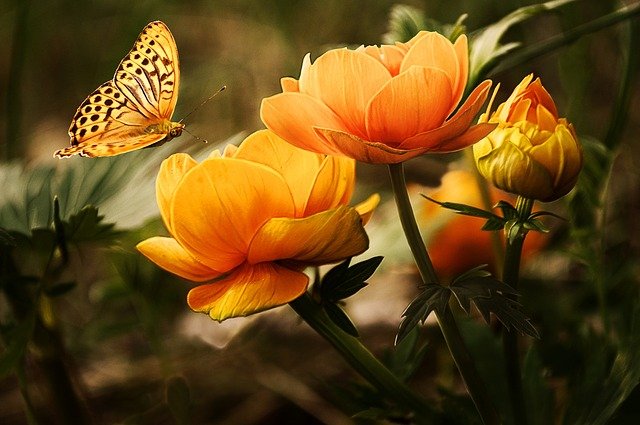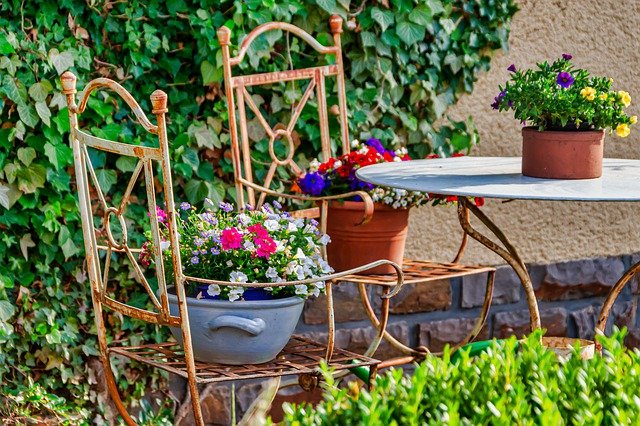The Beauty of Flowers: Exploring Nature’s Colorful Creations
Colorful blossoms
Flowers are not only a beautiful creation of nature but also a fascinating study of colors. They give our surroundings a touch of vibrancy and joy with their stunning hues. From the delicate pastels of a cherry blossom to the bold red of a rose, flowers come in an endless array of colors that captivate us.
One of the most remarkable aspects of flowers is their ability to produce pigments that create their diverse color palette. These pigments, known as anthocyanins, carotenoids, and chlorophyll, are responsible for the mesmerizing hues we witness in nature. The combination of these pigments in different concentrations gives rise to the wide range of colors found in flowers.
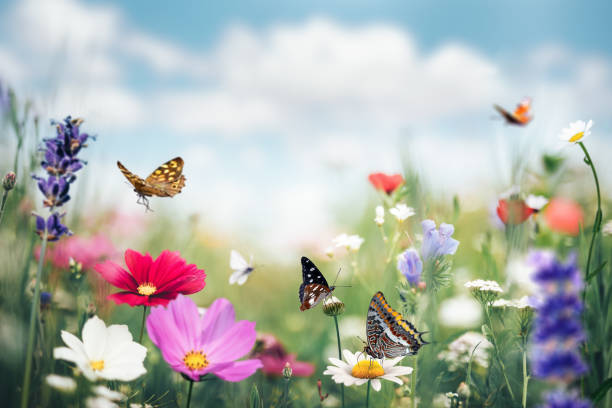
Studying flowers and their colors can be a captivating experience. Each color holds its own significance and can evoke different emotions. For example, the vibrant yellows and oranges of sunflowers and marigolds are often associated with warmth and happiness, while the calming blues and purples of lavender and violets are linked to serenity and tranquility. Understanding the language of flowers and the meanings attached to their colors can deepen our appreciation for their beauty.
Furthermore, beyond their visual appeal, flowers also possess unique fragrances that add to their allure. Different species of flowers emit distinct scents, ranging from sweet and floral to musky and earthy. The scent of a flower can transport us to a memory or create a sense of calm and peace.
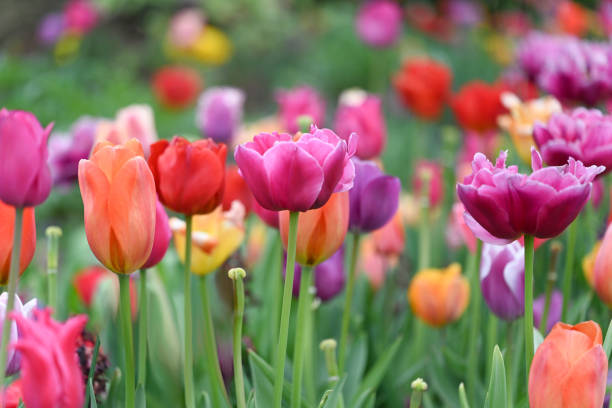
Flower photography
Photography allows us to capture the essence and beauty of flowers in ways that our eyes alone cannot fully perceive. Through the lens of a camera, we can zoom in on the intricate details of petals, observe the delicate patterns, and get up close to the fascinating structures of flowers.
When it comes to flower photography, lighting plays a crucial role in showcasing their vibrant colors. Soft, diffused lighting can bring out the nuances of the petals and highlight the intricate textures, while strong, direct light can create dramatic shadows and contrasts. The time of day, weather conditions, and the angle from which the photograph is taken are all factors to consider when capturing the perfect shot.
Another important aspect of flower photography is composition. Framing the flower in an interesting way, considering the rule of thirds, and experimenting with different perspectives can result in visually captivating images. In addition, including elements of nature such as leaves or a blurred background can add depth and context to the photograph.
For those passionate about flower photography, exploring different types of flowers can provide endless inspiration. From delicate wildflowers to exotic orchids, each variety presents unique opportunities for creativity and expression. Whether you prefer close-up shots emphasizing texture and detail or wide-angle shots showcasing a field of blooms, the possibilities are endless.
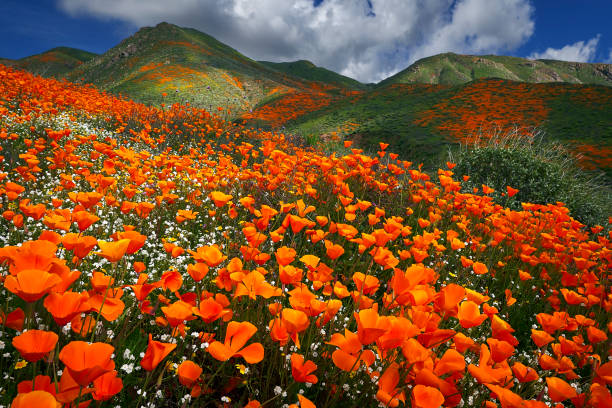
Benefits of flowers
Aside from their aesthetic appeal, flowers offer numerous benefits to both our physical and mental well-being. Surrounding ourselves with flowers can have a positive impact on our mood and overall happiness. Research suggests that being in the presence of flowers can reduce stress, anxiety, and depression, and promote feelings of relaxation and joy.
In addition, flowers have been known to enhance cognitive abilities, creativity, and productivity. Studies have shown that incorporating plants and flowers into the workplace can increase employee satisfaction and improve focus and concentration. Flowers also have the power to stimulate our senses and evoke positive memories, making them a valuable tool in creating a soothing and uplifting environment.
Furthermore, some flowers have medicinal properties and can be utilized in herbal remedies and traditional medicine. For centuries, cultures around the world have used flowers for their healing properties, treating various ailments and promoting overall well-being.
Flowers also play a vital role in the ecosystem, attracting pollinators such as bees and butterflies and aiding in plant reproduction. Without flowers, many plant species would struggle to survive, impacting the delicate balance of our natural environment.
Appreciating the beauty of flowers goes beyond their surface-level appeal. From their mesmerizing colors to their ability to uplift our spirits and improve our well-being, flowers truly are nature's colorful creations. Take a moment to immerse yourself in their vibrant world and marvel at the wonders they bring to our lives.

